You Can Help Save Them By Using Our New Mobile App
You probably already know this, but poachers brutally kill elephants before they can take their tusks. Although poachers, who are often just trying to feed their families, don’t deserve our love, the real force that drives poaching is the demand for ivory. And that would be on us.
Every day another 60 elephants are killed for jewelry and other ornaments. And the proceeds often support terrorist organizations worldwide. Demand for ivory has skyrocketed, sending poaching rates soaring. Although the United States has banned the international trade in ivory, past studies have shown we are the second-largest ivory market in the world – behind only China.
i of the Elephant lets you report where ivory is being illicitly sold. It makes it easy for you to take action against the most urgent threat to elephant survival – the illegal trade in ivory – and be part of the solution!
Our goal is to compel sellers to be more responsible and enable consumers to choose environmentally conscious stores. Reports and images submitted are also reported to state and federal wildlife authorities for investigation.
i of the Elephant is a community action tool to tackle illegal ivory trade and gives you the power to make a positive difference. Without our help, elephants in the wild could be extinct in our lifetimes.
App Features:
– Report where ivory is being sold in your community
– See reports people have made on our map
– Take photos of any suspected illegal ivory
Our efforts have already paid off. Acting on our reports, agents from the New York State Department of Environmental Conservation have busted six stores in New York State. In total, over 100 illegal ivory items have been seized so far, with the total retail market value exceeding $30,000. We are also collaborating with the National Whistleblowers Center and the Department of Homeland Security on pursuing prosecutions.
In addition, we have been collecting information on online vendors offering ivory items for sale in the US over the past two years. We have summarized the 2018 (Download 2018 Report), 2019 (Download 2019 Report), 2020 (Download 2020 Report), 2021 (Download 2021 Report), 2022 (Download 2022 Report), 2023 (Download 2023 Report) and 2024 (Download 2024 Report) findings, which should provide a picture of the demographics and scope of the current online ivory market.
Now offering a $2500 reward for intel that leads to a successful prosecution!
Please download our app from your Android or Apple store or click on the links below:
Share the app and get your friends involved.
i of the Elephant was developed by Biologists without Borders.
Watch a Utube presentation on “Crushing the Ivory Trade in New York” with Captain Jesse Paluch talking about his team’s undercover investigative work, “Operation White Gold” which led to the biggest ivory bust in New York State history and the seizure of $8 million in ivory and Sara Walker from the Wildlife Trafficking Alliance talking about their efforts to fight the global epidemic of wildlife trafficking. Go to: Utube video.
Guide to Identify Real Ivory
Real ivory varies so much in color and grain that no single factor provides an accurate basis for determination. So, take everything into consideration. Pictures at the bottom.
Touch:
Bones are very dry and coarse textured. Ivory is smooth and has a shiny texture. Plastic will feel warmer (room temperature) than ivory or bone, which are cool to the touch.
Weight:
Bone and ivory weigh more than a synthetic material such as plastic.
Color:
Real ivory will yellow naturally with age but this can be duplicated with stains. Also, older ivory does not yellow uniformly.
Surface Pattern:
Ivory typically has cross hatching (Schreger lines) and/or growth rings (like wood grain). However, these are not obvious in all areas or pieces. Sometimes you need a small magnifying glass to see these patterns.
Bone usually has small, short lines, not parallel, and not continuous. Bones also have small darker specks or dashes (due the presence of minute blood vessels when it was in the body of the animal).
No grain or the presence of a repeating grain pattern are two characteristics of artificial ivory. Plastics and resins typically have no grain. However, nineteenth century cellulose was created specifically to imitate genuine ivory and usually has some type of grain. Look at it closely you’ll see grain lines of even thickness in a regular pattern. A repeating pattern with uniform even lines is almost always a sign of a man-made material. Grain lines in real ivory are more random or irregular and you can see the Schreger lines in cross section areas.
Jagged edged small pits and small broken bubbles are typical in the surface of synthetic ivory substitutes. These materials are usually some type of resin/plastic and are almost always molded. Trapped air and expanding gas from impurities cause rounded smooth-backed holes in the finished surface. No similar type pits or holes are found in genuine ivories.
Carving:
Ivory can be carved with more detail and depth than bone because it is harder and thicker.
Summary:
Signs of ivory: Can you find any signs of growth patterns, grain or crosshatching? Is there any splitting or cracking, or subtle irregular yellowing on the surface? Is the overall quality of the piece fine enough to merit ivory? Is it fairly heavy?
Signs of bone: Look at the piece in good light, looking for irregularities on the surface. Are there spots, dashes or lines visible? Is the color too white or overly yellow (indicating dye)? Do the pieces exceed the size possible for bone? Does the quality of craftsmanship hint that an inferior material might have been used?
Signs of plastic: Does the surface appear featureless, showing no grain or have an unnatural regular pattern? Do the veneers look organic or molded? Are there any signs of manufacture such as mold lines, bubbles or jagged pits in the surface? Does it have a waxy texture, smell odd when rubbed or feel warm to the touch? Is it light weight as are plastics ?
Pictures
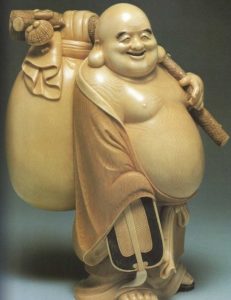
Real ivory sometimes shows ring-like patterns (like wood – look at shoulder).
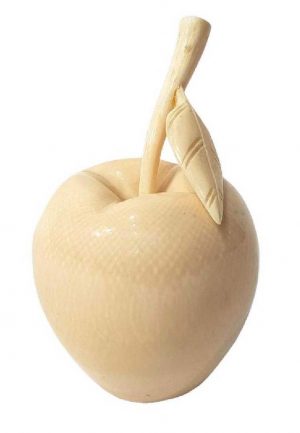
Real ivory often shows this crosshatch pattern in cross section (i.e., Schreger angles)
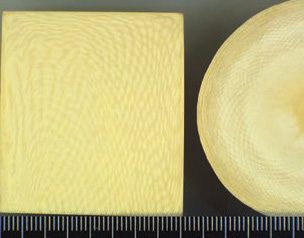
A resin manufactured to resemble Schreger angles (left) next to a cross-section of an elephant tusk showing the Schreger angles (right).


Real ivory is smooth (top) but sometimes cracked (bottom).

Cracks in real ivory.
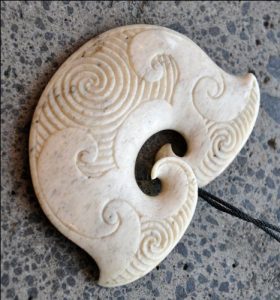

Bones show dark specks (top and bottom)
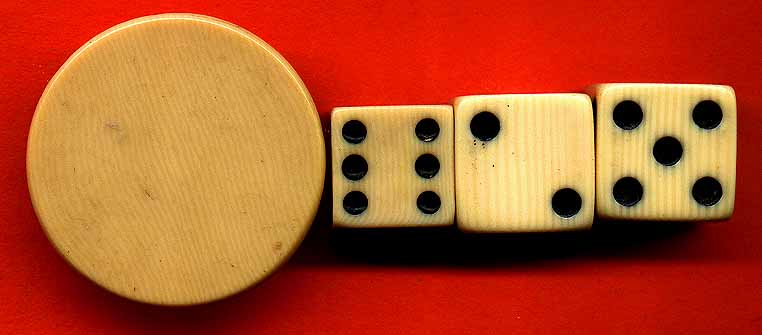
Cellulose resins (regular patterns)


Cellulose resins show regular lines (top), real ivory shows irregular lines (bottom).


Cellulose resins often have bubbles (top) or jagged pits (bottom).

Plastic can have detail and depth like real ivory but look for things like jagged pits (top) and test for temperature. Real ivory (bottom) typically has more detail and depth than bone.
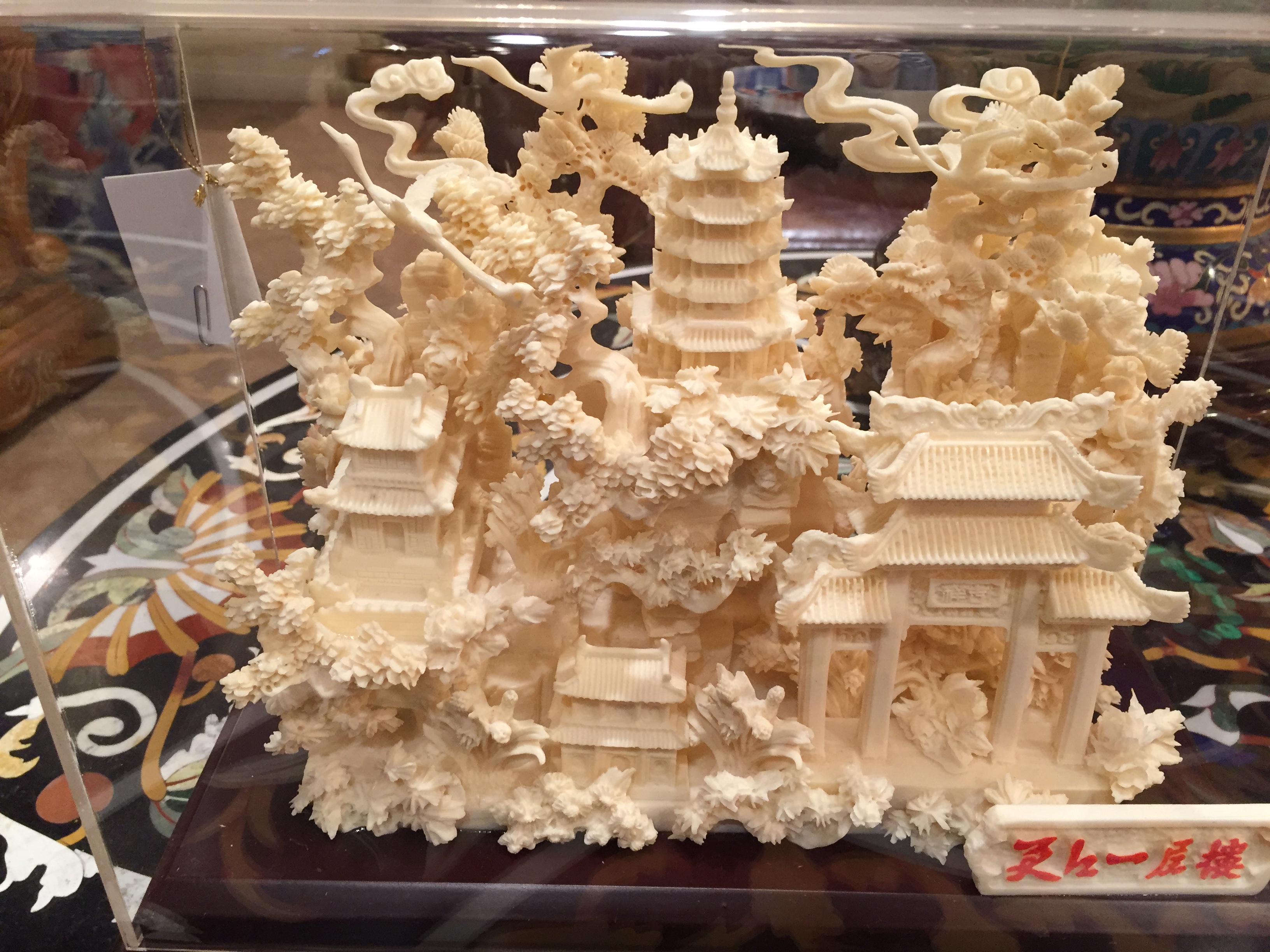
This is a common style for molded plastic pieces (often encased in glass) that store owners say are made of bone or ivory.
Ivory Laws
In general, federal laws prohibit the intrastate sale of African elephant ivory if it was imported after 1990 (CITES) and the interstate sale of ivory if it’s under 100 years old (i.e., antique). However, the federal laws are very complicated and often hard to enforce (see links below). State laws are more straight forward and easier to enforce. Only 13 states, however, currently have their own ivory trading bans: California, Hawaii, Illinois, Maryland, Minnesota, Nevada, New Jersey, New Hampshire, New Mexico, New York, Oregon, Vermont, and Washington (and the District of Columbia).
For more information on the ivory trade and identification go to:
If you have any questions please contact Sue Orloff at: Sue@biologistswithoutborder.org

